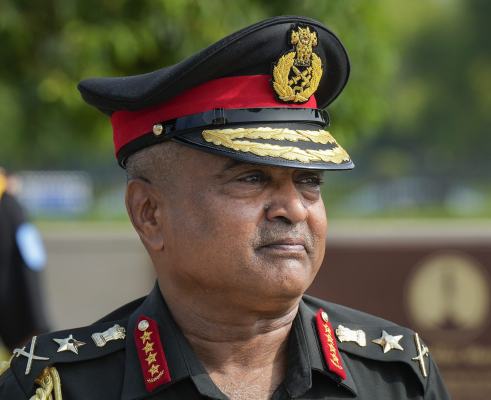NEW DELHI (PTI): India's Chandrayaan-3 mission, which made a soft-landing near the south pole of the moon, lifted off four seconds late to avoid hitting a piece of space debris, the ISRO said in a recent report.
According to the Indian Situational Space Awareness Report (ISSAR) for 2023, the nominal lift-off of the Launch Vehicle Mark-3, carrying the Chandrayaan-3 spacecraft, had to be delayed by four seconds based on the Collision on Launch Avoidance (COLA) analysis.
The delay was necessary to avoid close approaches between a debris object and the injected satellites in their orbital phase due to overlapping operational altitudes, the Indian Space Research Organisation (ISRO) said.
According to the European Space Agency, more than 60 years of space activities have resulted in some 56,450 tracked objects in orbit, of which about 28,160 remain in space and are regularly tracked by the US Space Surveillance Network (USSSN) and maintained in their catalogue.
The USSSN catalogue covers objects larger than about 5-10 cm present in low earth orbit (LEO) and 30 cm to 1 m at geostationary (GEO) altitudes.
India's Chandrayaan-3 mission with lunar lander module Vikram and rover Pragyaan was launched from ISRO's Satish Dhawan Space Centre at Sriharikota on July 14 last year.
On August 23, 2023, India scripted history by becoming the first country to safely land a craft near the moon's south pole region. The experiments were carried out for one lunar day which is equivalent to 14 Earth days.
The four-second delay in the Chandrayaan-3 launch ensured safe passage for the spacecraft on its journey to the moon without the looming threat of collision.
As per the ISSAR-2023 report, the ISRO also had to delay the launch of Singapore’s DS-SAR satellite onboard the PSLV-C56 mission on July 30 last year by one minute to avoid collision with space debris.
Similarly, the launch of another Singaporean satellite TeLEOS-2 on April 24 last year had to be delayed by one minute following a COLA analysis.
According to the report, the ISRO had to carry out 23 collision avoidance manoeuvres (CAM) in 2023 to save its satellites from harm by space debris. Of the 23 CAMs, 18 were carried out to dodge space debris for satellites in low earth orbit, while five were carried out for spacecraft in Geostationary orbit.
The ISSAR-2023 report said that ISRO received about 1,37,565 close approach alerts from US Space Command, which were re-assessed using more accurate orbital data of the Indian operational satellites.
A total of 3,033 alerts for the close approaches within a distance of one km were detected for ISRO satellites.
Around 2,700 close approaches were observed with other operational satellites within five km of close approach distance.
However, none of the close approaches were critical enough to warrant a CAM, the report said.
ISRO delayed Chandrayaan-3 launch by 4 seconds to dodge space debris
Article Posted on : - Apr 30, 2024
Other Related News
India, Sri Lanka decide to ramp up defence, energy, trade ties
India and Sri Lanka Monday adopted a futuristic vision to expand their partnership, resolved to soon conclude a defence cooperation pact and decided to ramp up energy ties by establishing electricity grid connectivity and multi-product petroleum pipelines.
 Previous Article
Previous Article Next Article
Next Article













The Indian Air Force, in its flight trials evaluation report submitted before the Defence Ministry l..
view articleAn insight into the Medium Multi-Role Combat Aircraft competition...
view articleSky enthusiasts can now spot the International Space Station (ISS) commanded by Indian-American astr..
view article